OLED vs. LED: A Detailed Guide to Modern Display Technologies
LEDs (Light Emitting Diodes) and OLEDs (Organic Light Emitting Diodes) are advanced technologies that transform electrical energy into visible light through a phenomenon called electroluminescence. They are integral to various display technologies, with their most prominent application being in television screens. Both LEDs and OLEDs outperform traditional incandescent bulbs in terms of reliability. Unlike incandescent lighting, which relies on a heated wire filament that emits light due to high temperatures, LEDs and OLEDs produce illumination without generating excess heat. This makes them more energy-efficient and long-lasting.
The development of OLED technology builds on existing LED principles, utilizing specialized manufacturing equipment such as glove boxes and coaters to ensure precise production. While OLEDs possess several advantages over LEDs, they have not completely supplanted them; rather, both technologies coexist, highlighting the necessity of understanding their distinct characteristics.
-
Electroluminescence is the phenomenon where a material emits light in response to an electric current or strong electric field. This occurs when electrons are excited to a higher energy state within a semiconductor or other material. When these excited electrons return to their ground state, they release energy in the form of photons, producing visible light.
OLED vs LED
Both OLEDs and LEDs operate through the principle of electroluminescence, but they differ in their materials and structure. LEDs consist of a semiconductor material that emits light when an electric current passes through it, leading electrons to recombine with holes, resulting in the release of energy in the form of light. In contrast, OLEDs utilize organic compounds that emit light when a current is applied, with layers of organic material sandwiched between an anode and a cathode. When charges are injected into the organic layers, electrons and holes recombine at the interface, creating light. While LEDs are commonly used in a variety of applications, including lighting and displays, OLEDs are particularly known for their ability to offer vibrant colors and deep blacks, as they are self-emissive and do not require a backlight.
History of LEDs and OLEDs:
The history of LEDs and OLEDs dates back to the early 20th century, with the first LED being invented in the 1960s by Nick Holonyak. Initially used in simple applications like indicator lights, LEDs gained popularity over subsequent decades, becoming prominent in display technologies during the 1990s. In contrast, OLED technology was conceptualized in the 1980s, with researchers like Ching W. Tang and Steven Van Slyke achieving significant breakthroughs in organic compounds capable of emitting light. By the early 2000s, OLEDs began appearing in commercial products, offering brighter colours and higher contrast ratios than traditional LEDs. As technology has evolved, both LEDs and OLEDs have continued to advance, catering to diverse applications across the lighting and display industries.
OLED and LED Applications
OLED and LED technologies are widely used for various applications, particularly in display systems and lighting.
OLED Applications
Displays
Televisions: High-end TVs use OLED for vibrant colors, deep blacks, and wide viewing angles.
Smartphones: Many flagship smartphones use OLED screens for improved color accuracy and contrast.
Wearable Devices: Smartwatches and fitness trackers often utilize OLED displays for power efficiency and visibility.
Monitors: Professional monitors, especially for graphic design and video editing, may feature OLED for color precision.
Lighting
Commercial Lighting: OLED panels are being developed for architectural and ambient lighting due to their thin profile and even light distribution.
Automotive Lighting: Used in car interior lighting and dashboards for a sleek look.
Flexible Displays
Wearable Technology: Because OLEDs can be made on flexible substrates, they are used in bendable or foldable screens.
LED Applications
Displays:
TVs and Monitors: LED backlighting in LCD screens. Full-array and edge-lit technology provide better brightness and contrast.
Billboards and Advertisements: High-brightness LEDs are used for electronic billboards and signage.
Lighting:
Residential and Commercial Lighting: LEDs are widely used in homes and businesses for energy-efficient lighting solutions.
Streetlights: Many cities are replacing traditional streetlights with LED fixtures to save energy and reduce maintenance costs.
Decorative Lighting: Used in holiday lights, architectural lighting, and interior design to create ambiance.
Indicators:
Electronic Devices: LEDs are used as indicator lights on appliances, electronics, and machinery to show power status or functionality.
Automotive:
Headlights and Tail Lights: Increasingly used in vehicle lighting systems for better visibility and energy efficiency.
OLED technology is the preferred choice for flexible phones, as opposed to traditional LED displays.
OLED vs. LED - Advantages and Disadvantages
OLED and LED technologies each have unique benefits and limitations that make them suitable for different applications. Understanding the advantages and disadvantages of each can help you choose the right technology based on your needs. Here's a breakdown of their key pros and cons.
Advantages of OLED
Superior Visual Quality: OLED technology provides exceptional visual quality with true blacks, vibrant colors, and high contrast ratios. Since each pixel is self-emissive (emits its own light), it can be turned off completely, resulting in perfect black levels and an enhanced contrast ratio that traditional LED technology can't match.
Thin and Flexible Designs: OLED panels do not require a backlight, making them much thinner and lighter than LED displays. This also allows for flexible displays, enabling innovations such as foldable, bendable, and curved screens, ideal for modern and high-end devices like smartphones, televisions, and wearables.
Wide Viewing Angles: OLED displays offer excellent viewing angles, meaning the picture quality remains consistent, even when viewed from the side, unlike LED displays that may suffer from color shift and decreased brightness at wider angles.
Faster Response Time: OLED screens have a faster response time compared to traditional LED screens, making them excellent for high-motion content such as video games and fast-paced videos. The faster refresh rate helps in reducing motion blur.
Disadvantages of OLED
Burn-in / Image Retention: A significant disadvantage of OLED technology is burn-in or image retention, which occurs when static images are displayed for extended periods. This causes some pixels to degrade faster than others, resulting in permanent ghost images or "shadows" on the display, which can be a concern for applications with static content.
High Manufacturing Cost: OLED displays are more expensive to manufacture compared to LED displays, due to the complexity of the organic materials used and the precision required during the production process. This makes OLED products, such as televisions and smartphones, more expensive for consumers.
Lower Brightness: OLED displays typically have lower peak brightness compared to LED or LCD displays, which can be a disadvantage in very bright environments, such as outdoors or in well-lit rooms.
-
OLED displays are more prone to burn-in due to their organic materials degrading over time, whereas LED displays typically don't suffer from burn-in. To mitigate OLED burn-in, techniques like screen shifting and reducing brightness are used.
Advantages of LED
Durability and Longevity: LED technology is known for its long lifespan, typically outlasting OLED panels. LEDs are less prone to burn-in and image retention, making them ideal for applications where static images are displayed for long periods, such as in signage, clocks, or appliances.
Lower Cost: LED displays are generally more affordable to manufacture and purchase. The simpler technology and the ability to use cheaper materials make LED-based devices much less expensive, making them accessible for budget-conscious consumers and industries.
High Brightness: LED displays are typically brighter than OLED displays, making them ideal for environments with a lot of ambient light, such as outdoor signage, television viewing in bright rooms, and automotive displays.
Energy Efficiency: While both OLED and LED are energy-efficient compared to traditional lighting solutions, LED technology often consumes less power than OLED in many applications, particularly in brightly lit environments, where LED's higher brightness can be leveraged without a significant power increase.
Disadvantages of LED
Limited Black Levels: Unlike OLED, LED displays require a backlight, which means they cannot achieve true black levels. Even with advanced dimming techniques, LED displays often struggle with deep blacks, which can reduce the overall contrast ratio and visual quality, especially in dark scenes.
Thicker Designs: Since LED displays need a backlight, they are typically thicker than OLED displays. While recent innovations like edge-lit LED technology have reduced the thickness, LED screens still can't match the ultra-thin design of OLEDs.
Color Accuracy and Viewing Angles: While LEDs provide good color accuracy, they tend to have poorer color reproduction and viewing angles compared to OLEDs. At wide angles, the color and brightness may shift, and the overall image may lose its clarity.
Read our thorough guide to understand how slot-die coating works.
Slot-die Coating of OLEDs
OLED can be produced using slot-die coating in conjunction with roll-to-roll processing, which enables efficient manufacturing of large-scale flexible displays. In this process, a continuous substrate film is fed through a slot-die coater, where organic materials are applied in precise, uniform layers. The slot-die technology allows for the control of the coating thickness and uniformity, which is essential for optimal OLED performance. As the coated substrate moves along the production line, it undergoes drying to remove solvents, forming the essential light-emitting layers. This roll-to-roll approach not only facilitates high-speed production but also minimizes material waste and reduces manufacturing costs, making it an ideal method for creating lightweight and flexible OLED displays suitable for various applications, including smartphones, televisions, and wearable devices.
Future Trends in OLED and LED Technologies
As OLED and LED technologies continue to evolve, we can expect several exciting trends that will shape their future applications and performance. One significant trend is the advancement of microLED technology, which promises higher brightness, greater energy efficiency, and improved lifespan compared to traditional LED and OLED screens. MicroLED displays offer the potential for seamless, high-quality images by using individual micro-sized LEDs for each pixel, enabling extreme contrast ratios and vibrant colour reproduction. Additionally, the integration of smart technologies within lighting and display systems is set to enhance user experience, with features like dynamic colour adjustment, automation based on ambient conditions, and greater energy management. Furthermore, ongoing research into more sustainable materials and manufacturing processes is critical, ensuring that future developments of both OLED and LED technologies align with global sustainability goals. As these trends unfold, we can anticipate that both technologies will continue to play a pivotal role in the evolution of visual experiences across various industries.
Ready to coat an OLED? Build your own roll-to-roll slot-die coater to get started.
Conclusion
In conclusion, OLED and LED technologies have revolutionized the way we perceive and interact with light, both in everyday applications and professional settings. Each technology offers unique benefits, from OLED’s stunning colour depth and contrast to LED’s reliability and widespread use in lighting and displays. As we look to the future, the ongoing innovations in these technologies promise to enhance their capabilities and efficiency, making visual experiences even more immersive and environmentally friendly. By understanding their distinct characteristics and applications, consumers can make informed choices that best meet their preferences and needs, ensuring they enjoy the many advantages these advanced technologies offer. Whether it's for entertainment, professional work, or everyday use, the journey of OLED and LED continues to illuminate our lives.




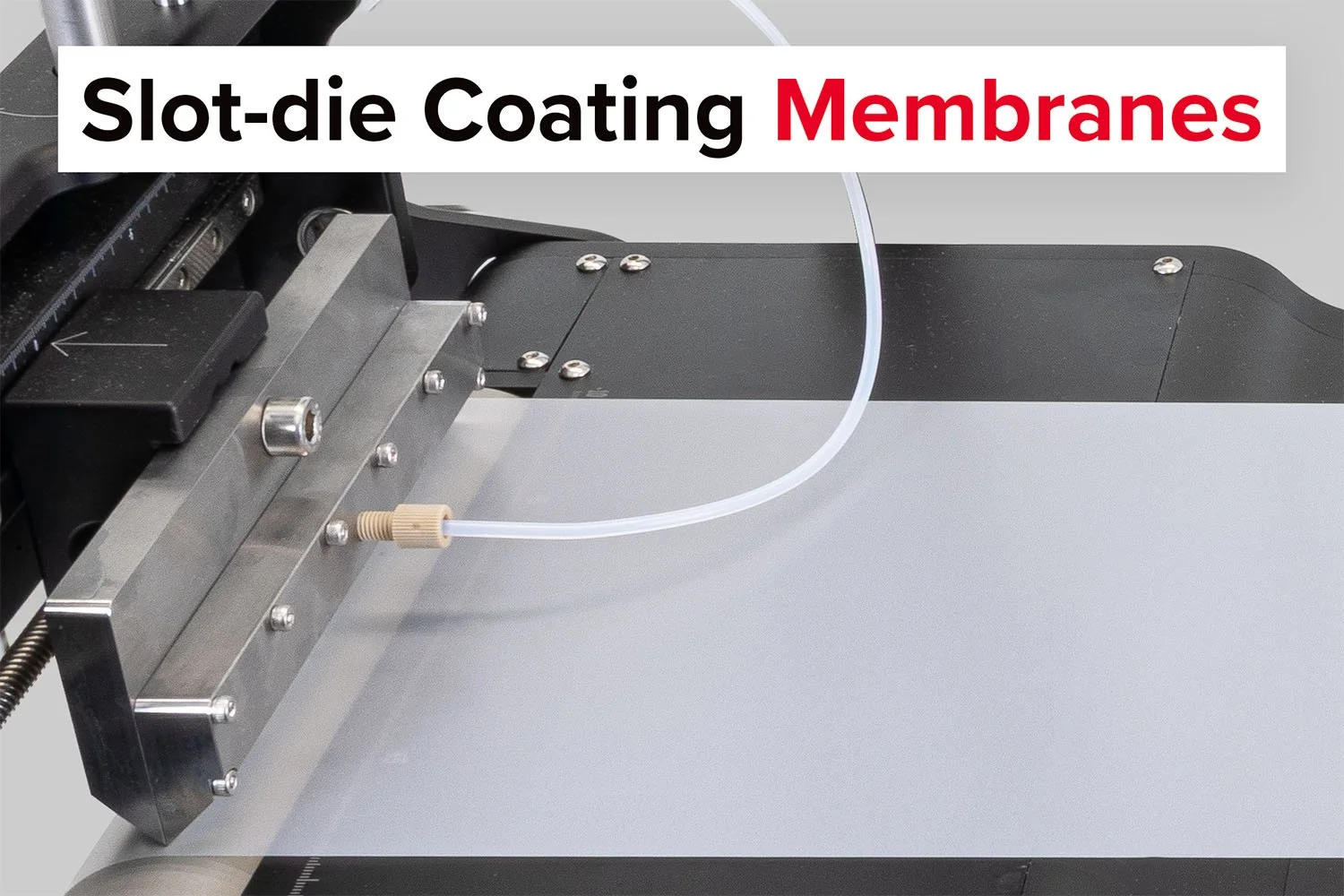


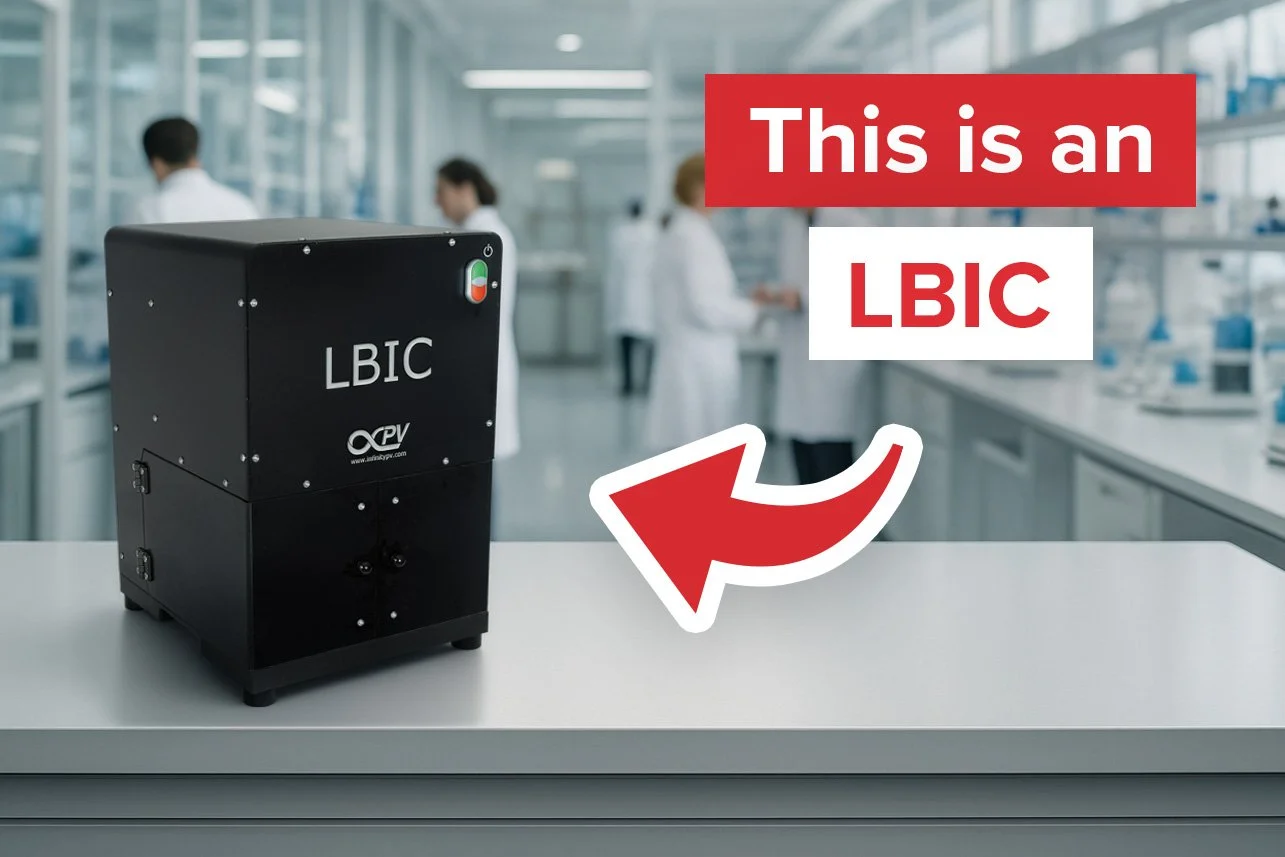
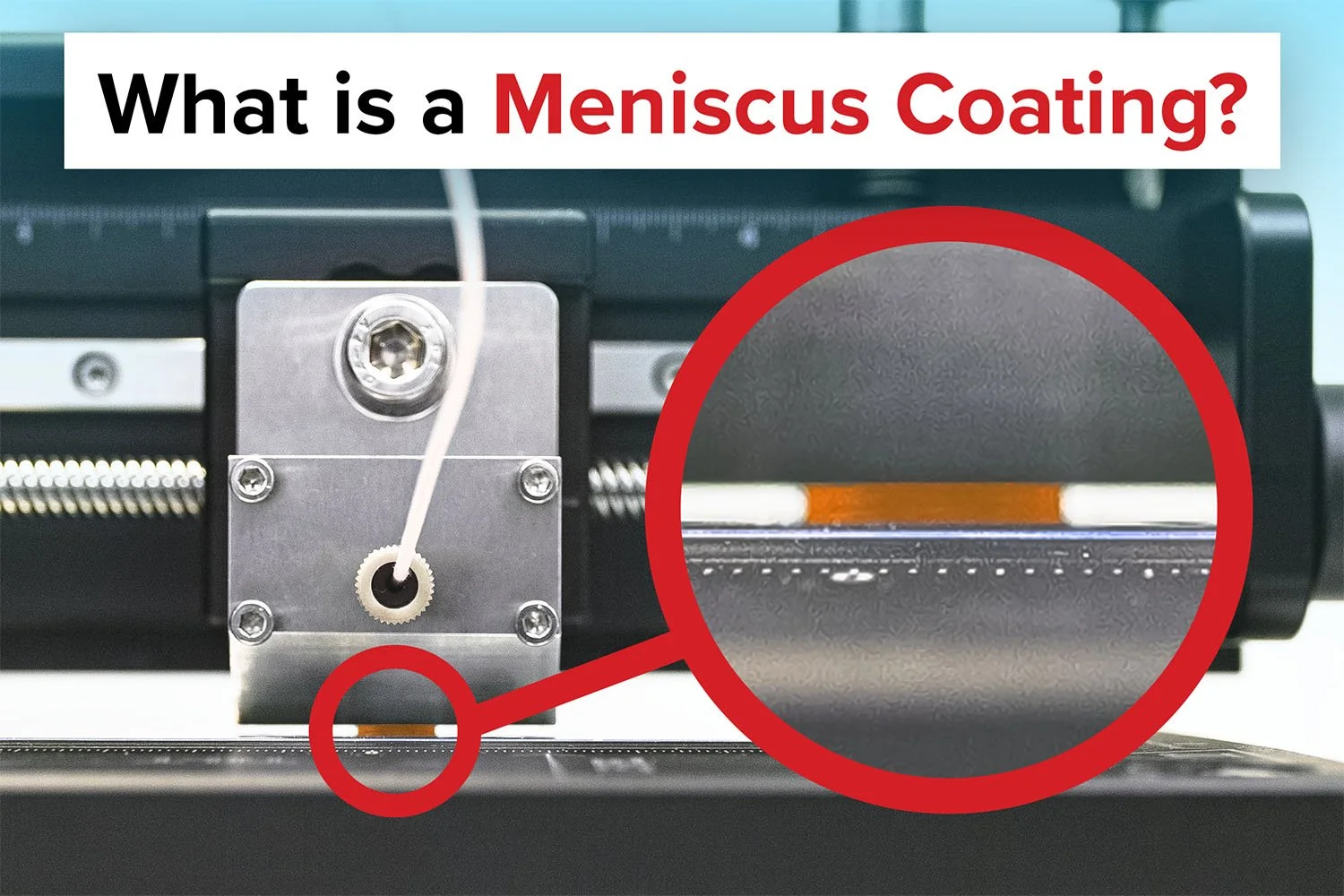
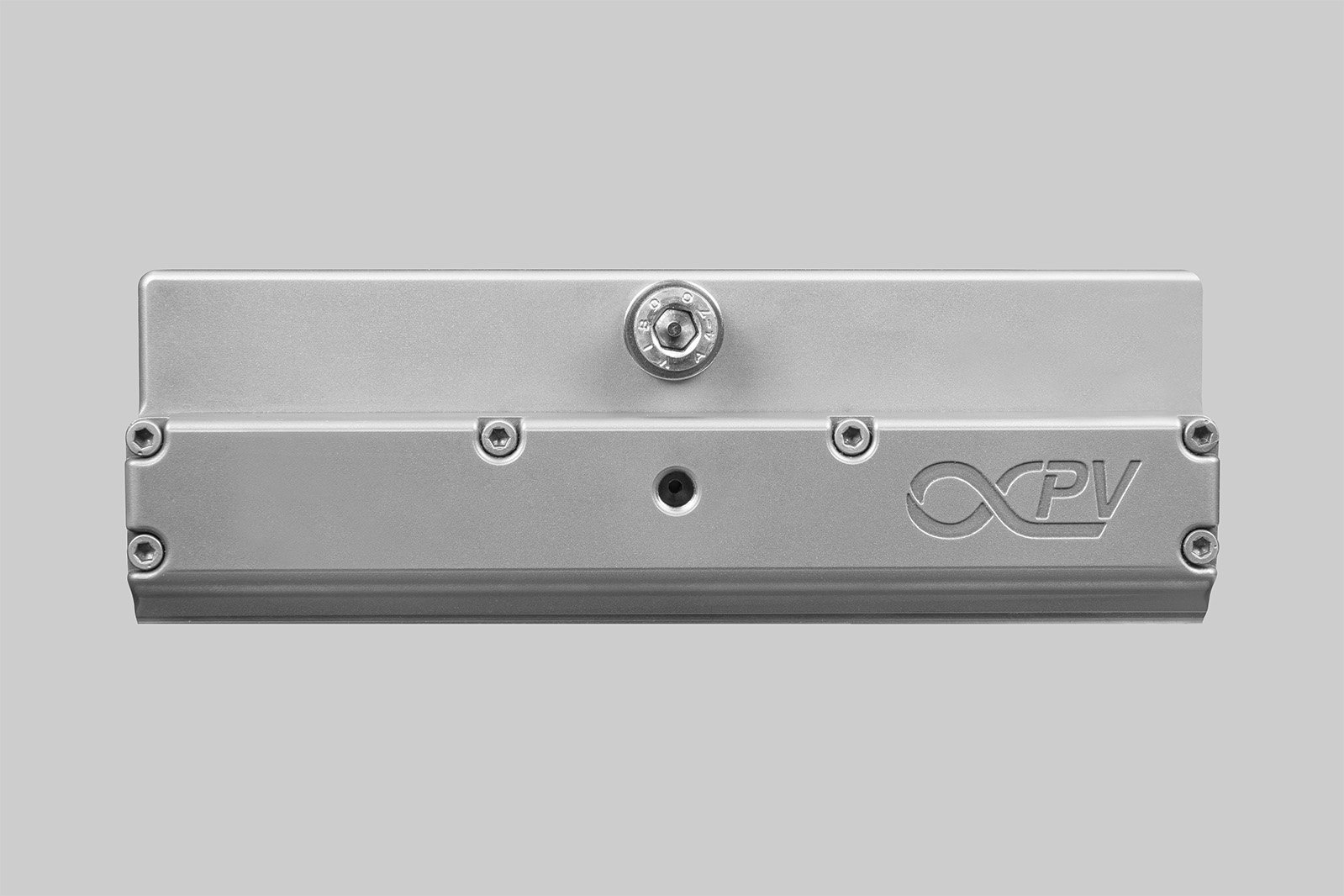

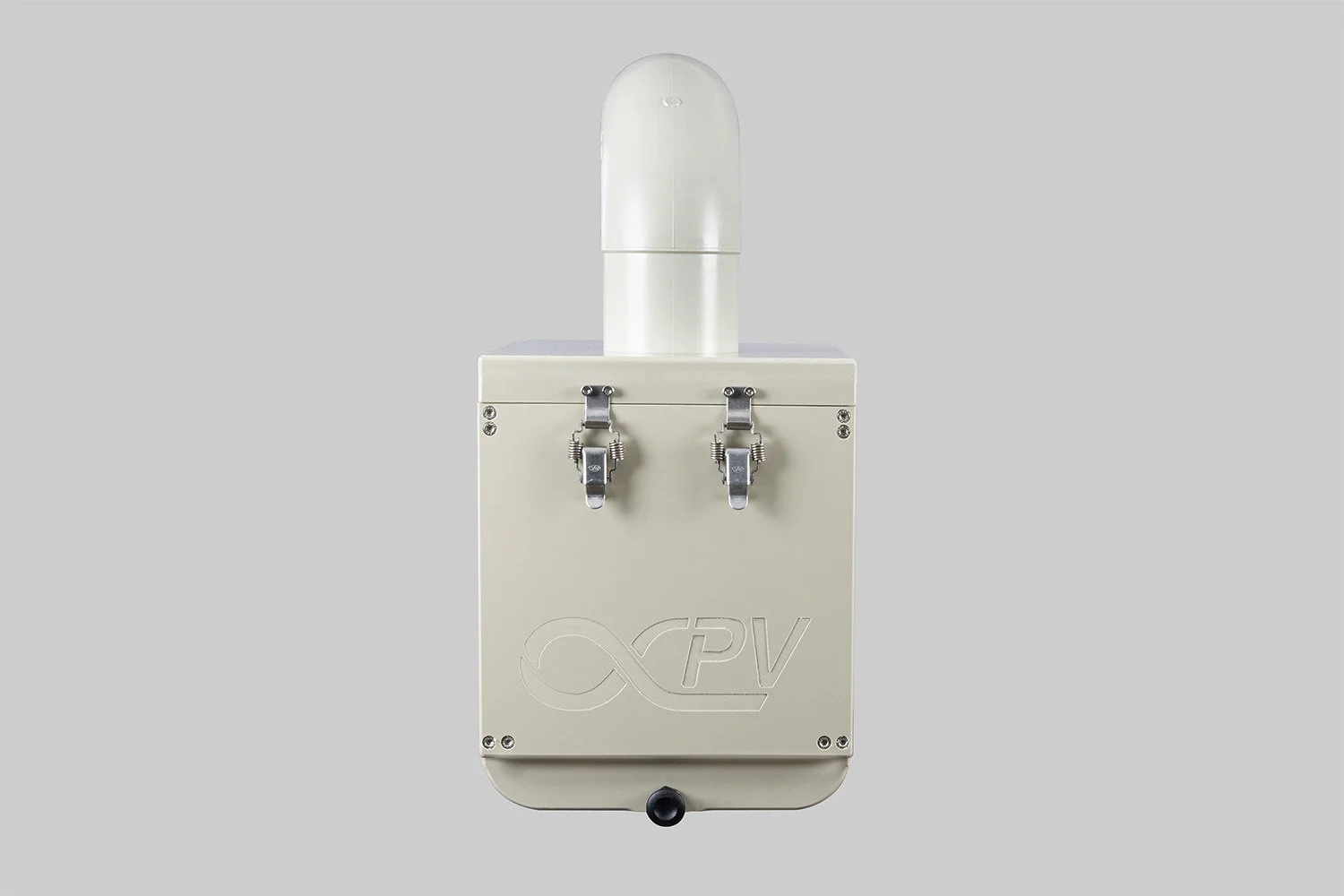


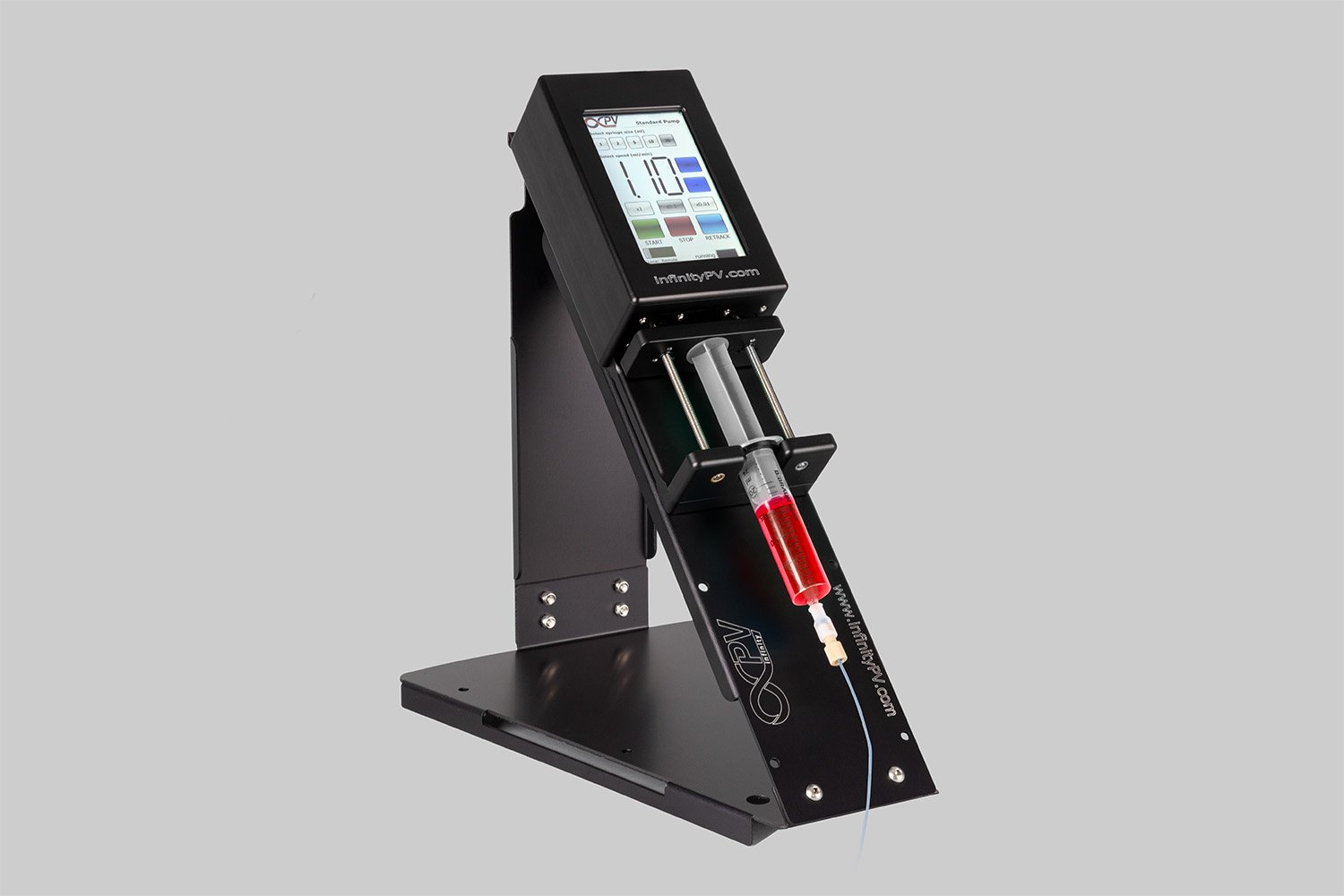
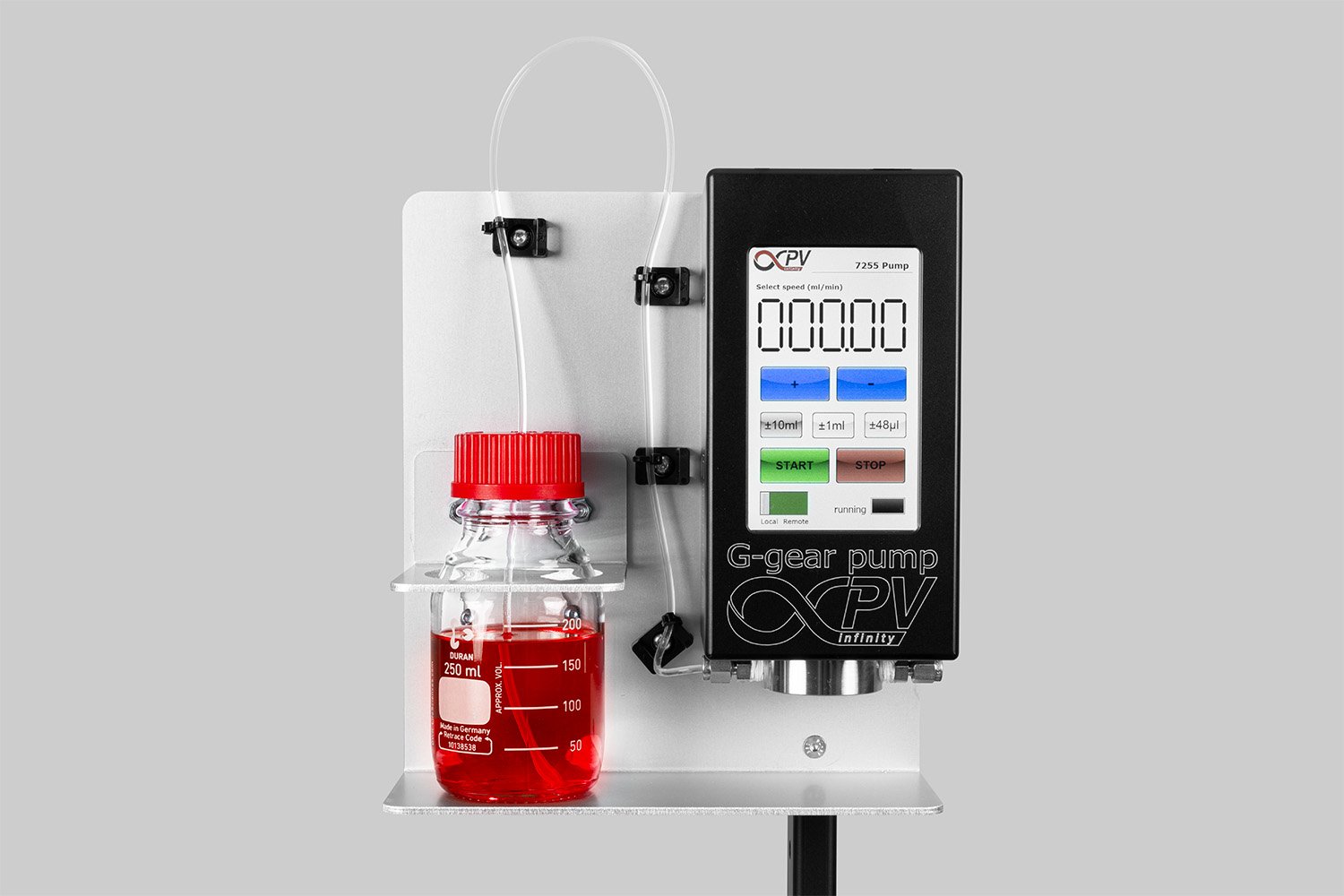
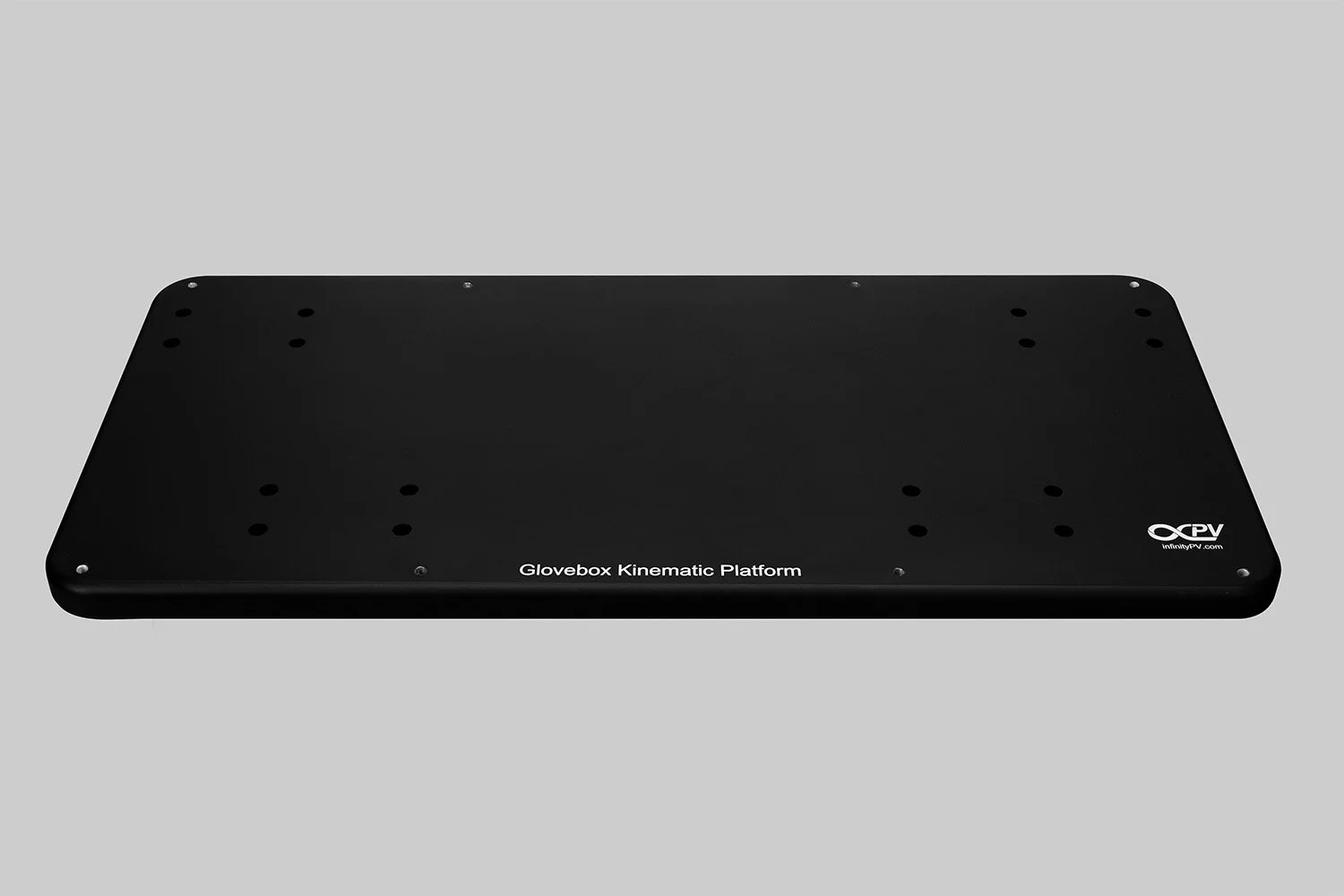

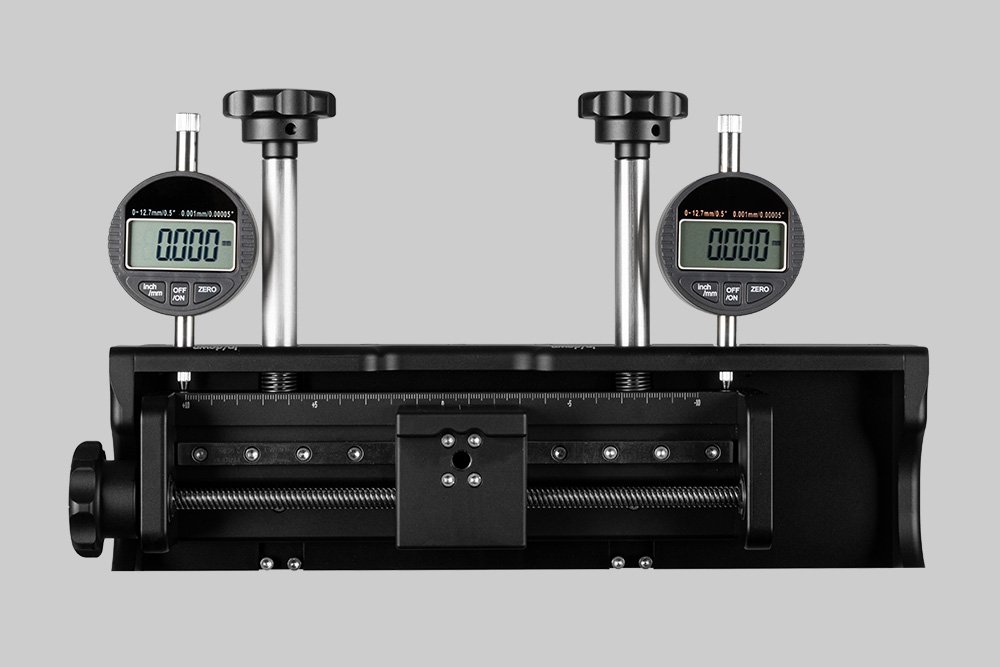
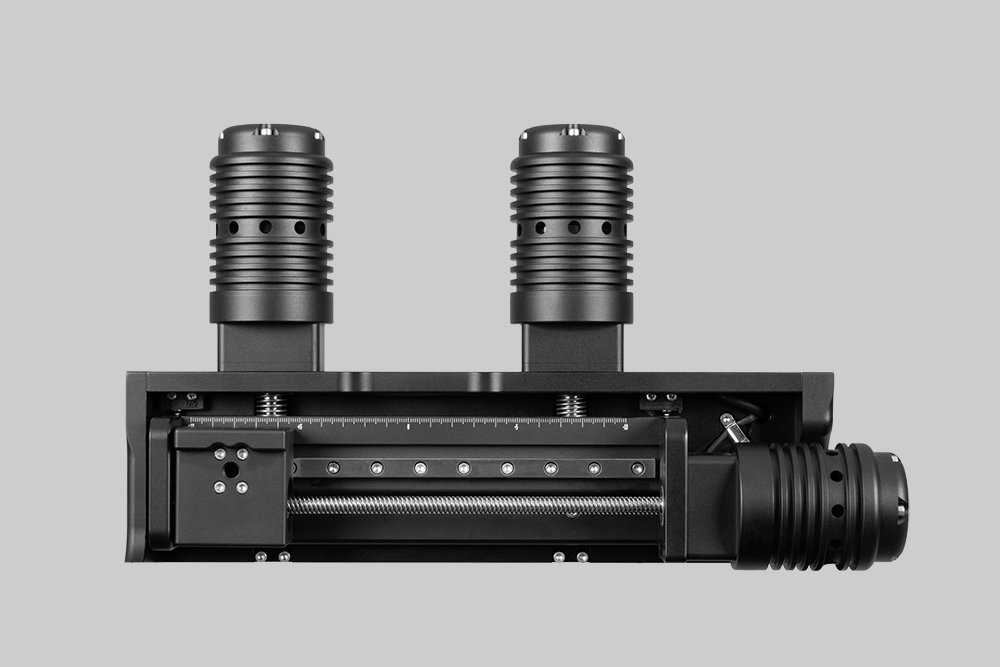

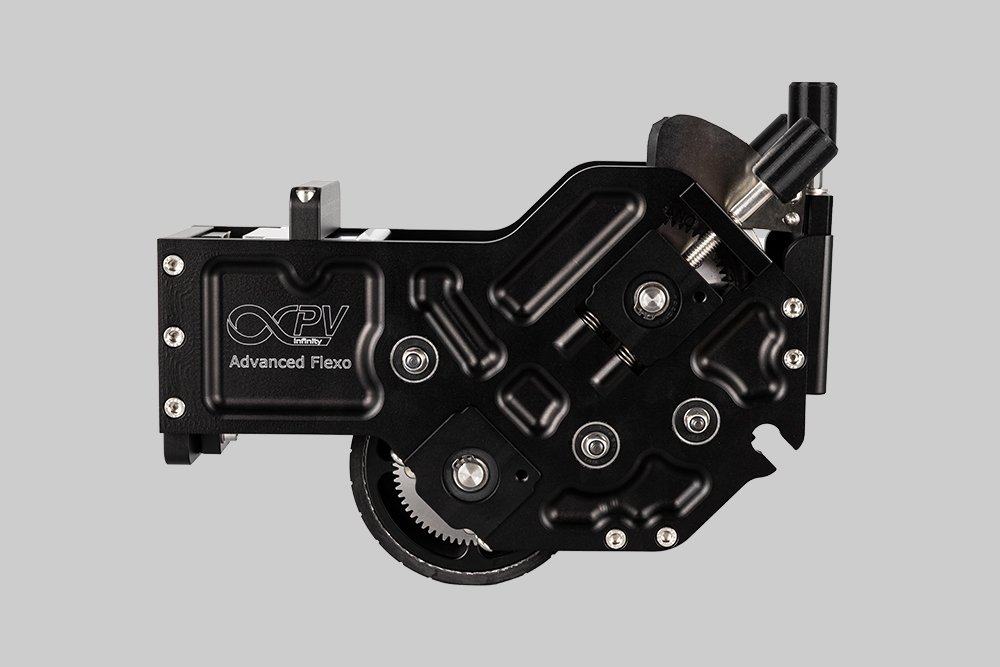



Probably the World’s Most Compact R2R Slot-die Coater: A compact, fully integrated roll-to-roll coating platform for laboratories, complete with a mounting system, anodized rollers, a syringe pump, a 65 mm stainless slot-die head and an infrared oven system—delivering unmatched precision and scalability.